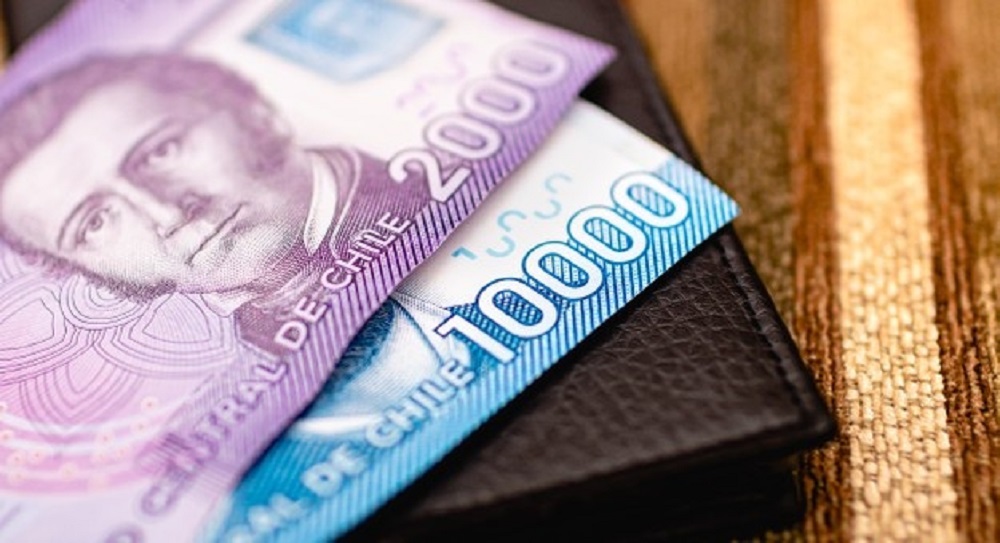RIO DE JANEIRO, BRAZIL – According to the National Accounts by Institutional Sector report, published by the Central Bank on October 6, household disposable resources increased by 21% year-on-year, while spending grew by 33.3%.
This led to an increase of 14.7 percentage points (pp) in income over the first quarter and of 24.5 pp in consumption.

The extension of the Emergency Family Income (IFE) – which at the time had not yet reflected its extended nature, effective in the July payment – and the new middle class bonus granted by the government were the driving forces behind the increase in household income, with net current transfers accounting for 12.8 pp in the second quarter of the year.
In addition, the recovery of the labor market contributed 11.3 pp to the increase.
With consumption levels exceeding income, household savings fell by 2.1 pp compared to the previous quarter, reaching 5.6% of GDP. Coupled with an investment rate that remained stable, household financing capacity represented 3% of GDP (2.1 pp lower than in the previous period), due to the withdrawal of pension funds, advances on life annuities and a higher contracting of loans, according to the report.
In the analysis of financial variables, the Central Bank mentions that households reflect a “higher holding” of cash and deposits and a lower balance in loans.
As a result, household debt is equivalent to 48.5% of GDP, down 1.5 pp from March 2021: “It is worth noting that, although the total level of debt increased in the quarter, the annual accumulated GDP increased to a greater extent, thus explaining the decline in the ratio.”
At the national level, income grew 22.5% while spending increased 32.1%.

